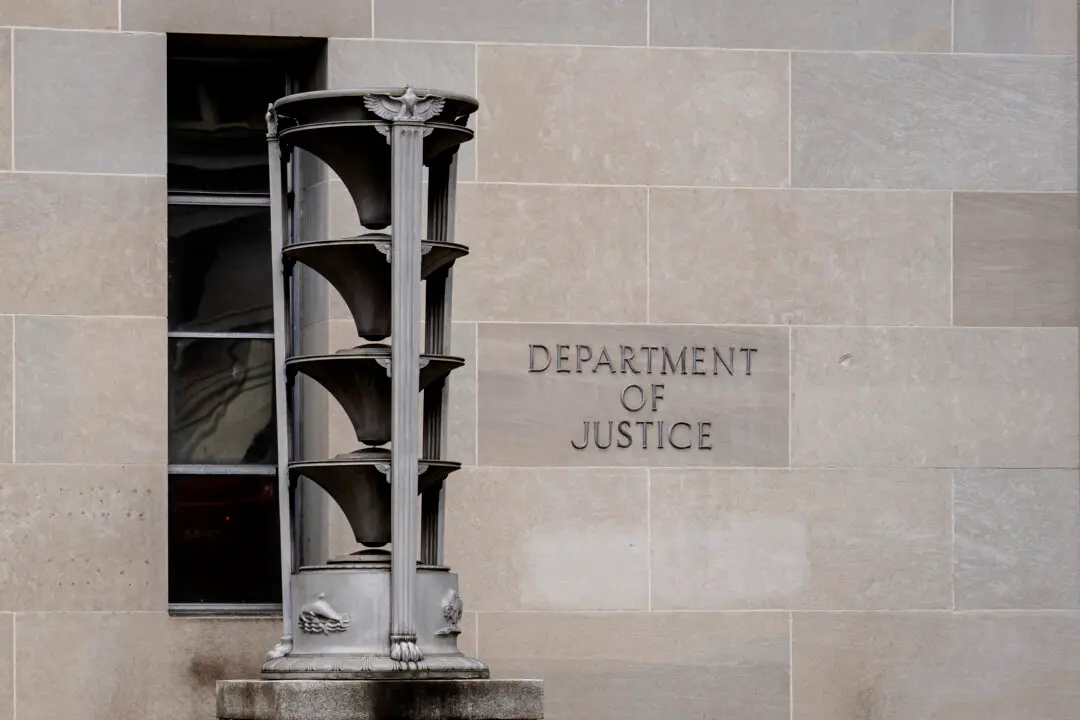General Motors (GM) announced on Dec. 10 its decision to exit the robotaxi market after investing more than $10 billion in its Cruise autonomous vehicle unit.
GM said it will no longer fund Cruise development efforts due to “the considerable time and resources that would be needed to scale the business, along with an increasingly competitive robotaxi market.”





